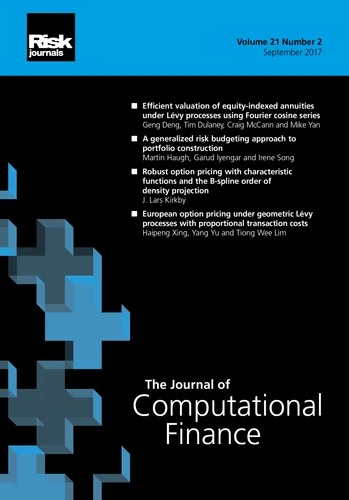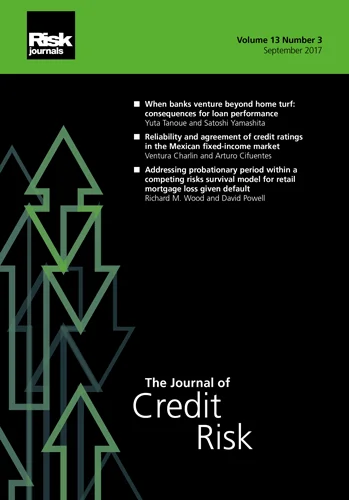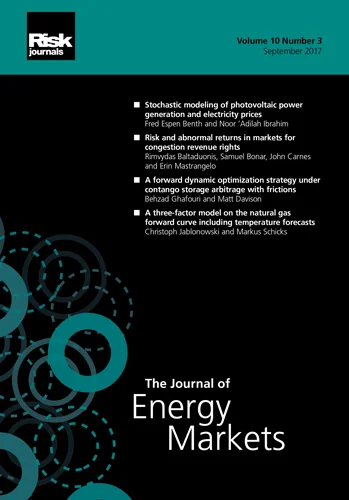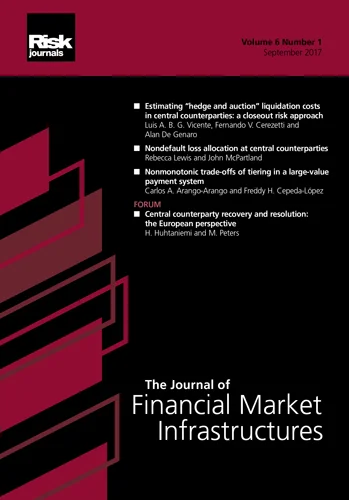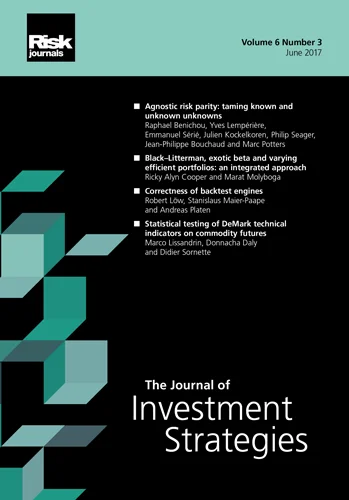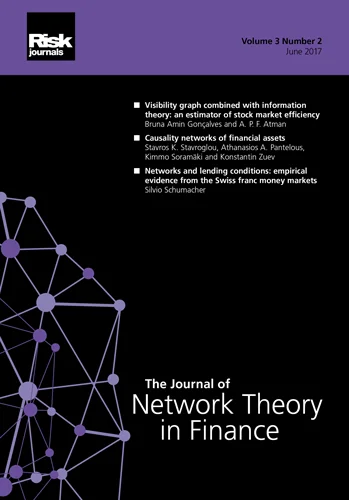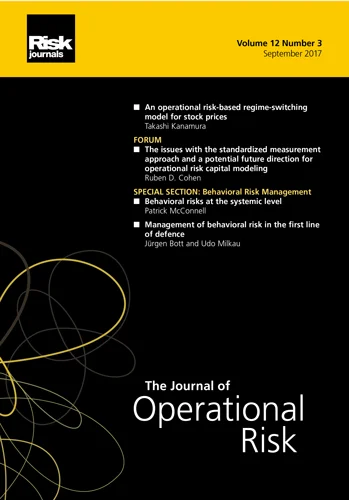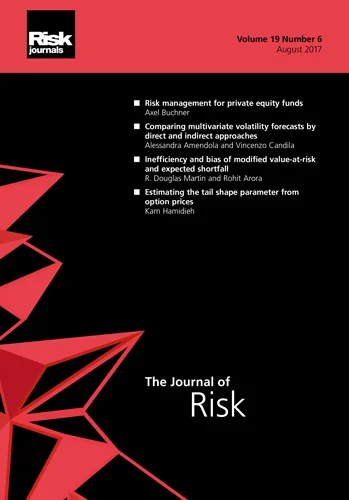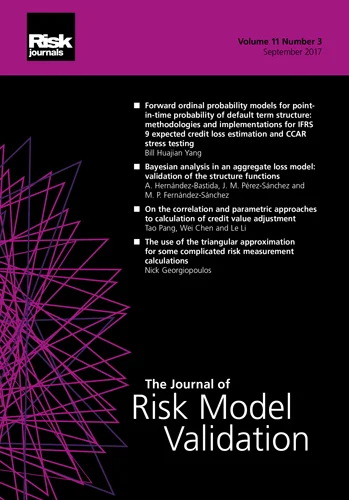Journal of Risk Model Validation
ISSN:
1753-9579 (print)
1753-9587 (online)
Editor-in-chief: Steve Satchell
Volume 1, Number 2 (Summer 2007)
Editor's Letter
Steve Satchell
University of Cambridge
Welcome to the second issue of The Journal of Risk Model Validation. I am happy to report that the launch issue had a most successful birth. Owing to the great interest generated by the first issue there are now a healthy number of subscribers, a flow of new material and the feedback that we have received has been uniformly positive. The journal aims to provide a much needed outlet for the growing research into testing and validating risk models that is becoming available; recent growth in risk management, which crosses numerous areas, is producing a wealth of study on a variety of topics. This second issue of the journal proves this point with a good range of new material.
The first paper to discuss is “Country default probabilities: assessing and backtesting” by Huschens et al, which presents statistical backtesting procedures applicable in situations where few and heterogeneous probabilities have to be evaluated. This paper will have a resonance with risk managers for the following reasons: it looks at emerging markets and uses a Merton-type model; it can therefore be used for emerging market debt. It also uses intellectually worthy statistical procedures.
The next paper is entitled “Backtesting VaR models: a two-stage procedure” by Angelidis and Degiannakis, and uses a two-step procedure that can allow risk managers to significantly reduce the number of competingmodels used. The focus here is on a specific number of distributional assumptions and particular financial markets, but the methodology is capable of generalization.
The next piece “Validating mortgage prepayment forecasts using a dynamic bivariate-choice regression method” is by Ji. This investigates the validation of mortgage prepayment forecasts. This generalizes existing logistic methods, by using a bivariate regression method, which allows for time-dependent hazard analysis. The validation methods are also interesting. I believe that this paper will motivate further material on this topic to be submitted and can imagine this paper being cited in future issues.
Finally, the journal presents the survey “Understanding performance measures for validating default risk models: a review of performance metrics” by Sobehart and Keenan. This is critical rather than descriptive, and allows us to understand some of the hidden flaws implicit in existing methodologies/performance measures.
Our journal is at an early stage of its evolution and editorial policy likewise.
Whilst we strive to have refereed research as the principal output, we have a commitment to fostering interest in the study of risk model validation. One effective way of doing this is the publication of critical surveys.We are delighted to have published one in this issue and encourage our contributors to submit more.
